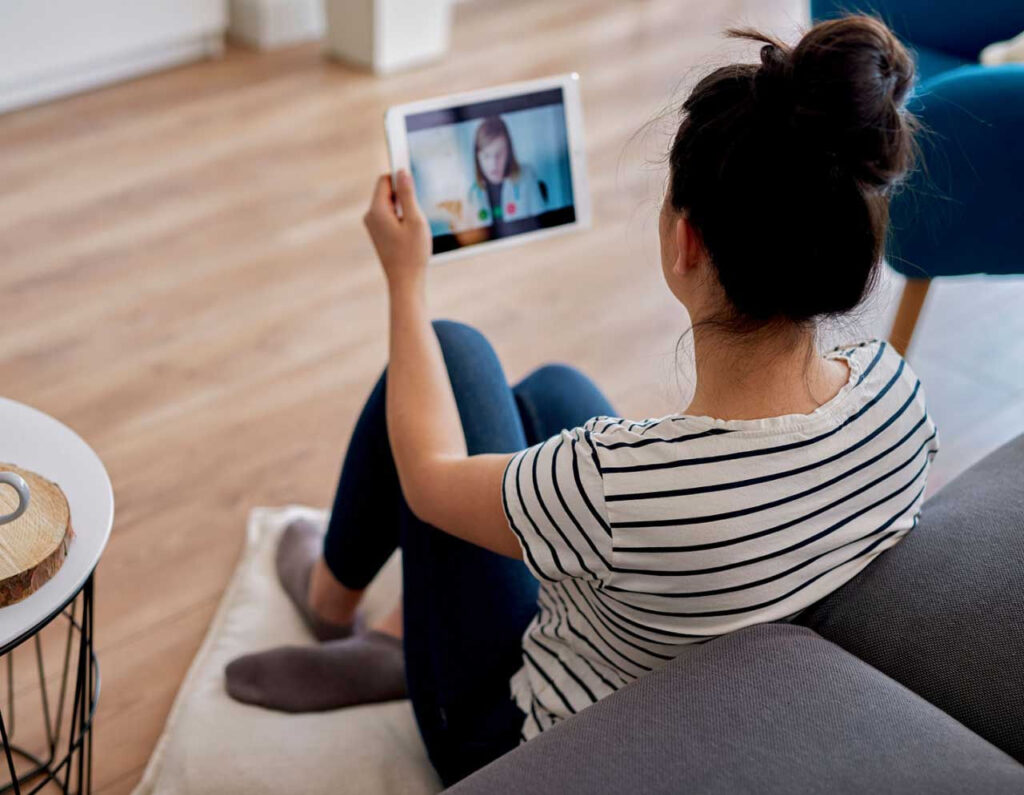
What You Should Know:
– A new study led by Brigham and Women’s Hospital, a member of the Mass General Brigham healthcare system, reveals that patients with limited English proficiency (LEP) have a less positive experience with virtual healthcare visits compared to English-proficient patients.
– This study highlights the importance of designing inclusive telehealth solutions. By addressing language barriers, expanding digital access, and simplifying technology, healthcare providers can ensure equitable access to quality virtual care for all patients, regardless of their English proficiency.
Study Findings Published in JAMA Network Open
The research, published in JAMA Network Open, analyzed data from over 24,000 participants in the 2021 California Health Interview Survey. Among the key takeaways:
- Lower Satisfaction with Virtual Care: LEP patients were 40% more likely to rate video visits as worse than in-person appointments compared to English-proficient patients.
- Phone Visits More Favorable: While not statistically significant, LEP patients showed a trend towards a better experience with phone consultations compared to video calls.
- Disparity in Telehealth Access: The study also confirmed existing concerns about access disparities. Only 37% of LEP patients reported using telehealth services, compared to 50% of English-proficient patients.
Unique Findings on LEP Patient Experience
This study sheds light on a crucial but previously unexplored aspect of telehealth – the experience of LEP patients who do have access to virtual care.
Potential Reasons for Lower Satisfaction
Lead investigator Dr. Rodriguez suggests several reasons why LEP patients might have a less positive experience:
- Video Call Challenges: Setting up video consultations might be more complex for LEP patients compared to phone calls.
- Interpreter Integration Difficulties: Integrating interpreters into video calls could be more cumbersome than utilizing phone interpreting services.
“Setting up a video visit can require high-speed internet and a device. It may require creating a login for a new platform. If you’re someone with limited English proficiency, you might need an interpreter to be involved. There are a lot of different pieces to navigate,” said lead author Jorge Rodriguez, MD, a clinician-investigator in the Brigham’s Division of General Internal Medicine and Primary Care. “If you’re a patient who doesn’t speak the language that the technology is built in, just getting onto the platform is challenging.”
Recommendations to Bridge the Gap
Dr. Rodriguez proposes several solutions to bridge the gap and improve telehealth experiences for LEP patients:
- National Initiatives: Expanding access to internet, computers, and smartphones for underserved communities.
- Multilingual Technology: Developing telehealth platforms that are user-friendly in multiple languages.
- Seamless Interpreter Access: Streamlining the process of connecting with interpreters during virtual consultations.
- Multilingual Digital Navigators: Implementing phone or in-person support staff who can assist LEP patients with registration, troubleshooting, and more.

